In the ever-changing global landscape, several new resources are available on child labour and youth employment.
US Department of Labor's 2016 "List of good produced by child or forced labor"
The 2016 list includes 139 goods from 75 countries that are produced by child labor or forced labor, according to the US Department of Labor. This year, about half of the list, 67 goods, are agricultural, including cotton, coffee, cocoa and tobacco.
In addition to an overview of the global situation by country and by good, report also features examples of good practices in eliminating child and forced labour. Not meant to be a punatitive list, sections also include information about positive partnership with private sector, tools for consumers and a social compliance toolkit for companies.
The list is published annually by the USDOL’s Bureau of International Labor Affairs.
Download the full report and 2016 List.
ILO report on “World Employment and Social Outlook 2016: Trends for Youth
The ILO's "World Employment and Social Outlook 2016: Trends for Youth" provides updated figures on global and regional youth unemployment. Youth are a particularly vulnerable group during this time of renewed concerns about global growth. In 2016, there are an estimated 156 million young people in emerging and developing countries who live in extreme or moderate poverty, despite being employed. In developed countries, youth are still more at risk of living in relative poverty, even when they have a job. Youth have higher incidence of working poverty than adults: 37.7 per cent of working youth are living in extreme or moderate poverty in 2016, compared to 26 per cent of working adults.
The report examines a variety of topics important for youth at this time, including working poverty rates, decent work opportunities in both developed and developing economies as well as gender inequalities and migration trends among young people.
In addition to the report, the ILO has created a section on its website with key findings, videos and interactive maps.
Download the full report "World Employment and Social Outlook 2016: Trends for Youth"
ECLT Self- Assessment Questionnaire for Member Companies
This questionnaire is a tool designed for ECLT member companies to examine their agricultural supply chains in order to take a look at the current situation as they work towards realisation of the ECLT Member’s Pledge of Commitment. The pledge, signed in December 2014, is a sector-wide agreement to uphoad robust policy in child labour, minimum requirements on tackling child labour, and implementation consistent with the United Nations Guiding Principles on Business & Human Rights. In 2015, all ECLT members Self-Assessment Questionnaire or SAQ.
The online version of the ECLT Members’ Pledge of Commitment Self-Assessment Questionnaire, or SAQ, is now available as an example for others working with agricultural supply chains. The SAQ includes questions broken down in three sections, Policy Commitment, Child Labour Due Diligence, and Remediation. For each question, visitors can explore the ECLT Members’ Pledge of Commitment and the relevant article(s) from the UN Guiding Principles on Business and Human Rights (UNGPs).








